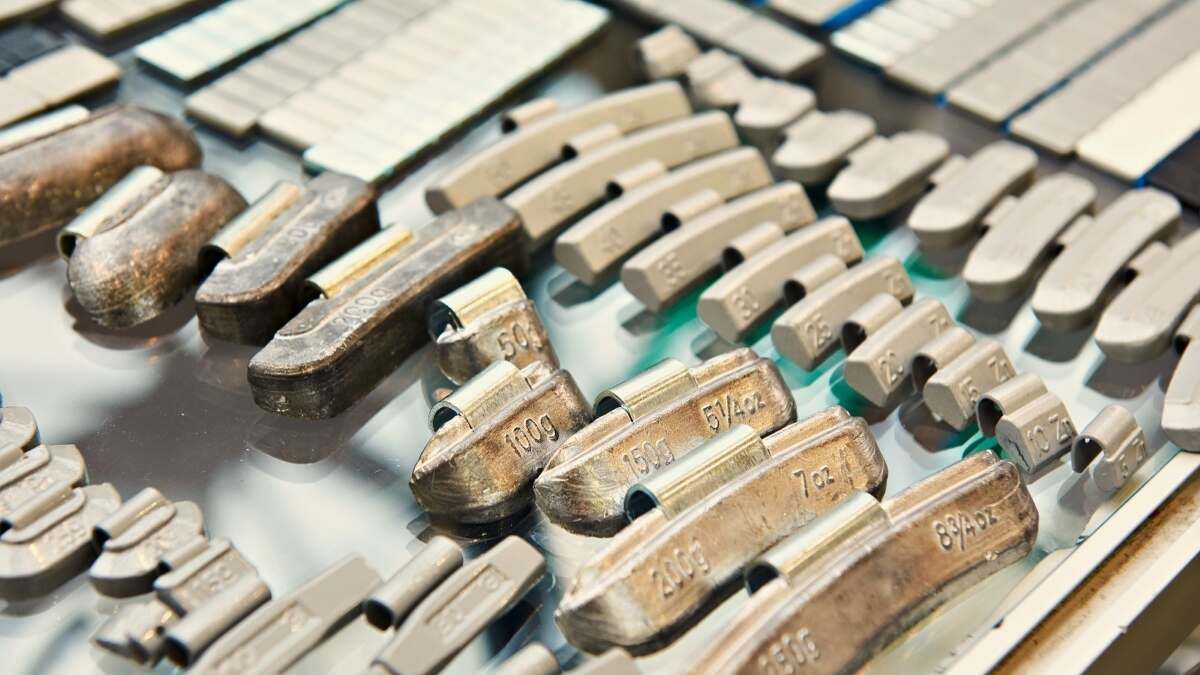Getting a new set of tires for your car should not be a problem. In fact, there is nothing like getting a new set that actually makes you feel like you are riding a little higher than usual, discovering marked improvements in how your car handles on the road, and even a little comforting extra road noise that comes with the deeper tread compared to those old wheels-turned-slicks that should have been replaced much earlier.
However, there are times when you may notice a new problem that was not so noticeable before the tires were changed: Shaking of your car.
Causes of a Shaking Car
A shaking car can be caused by various issues, and the severity of the problem can range from minor to major. Some common causes of a shaking car (before or after a new set of tires) can include:
- Worn-out or damaged tires can cause vibrations: Check for uneven tire wear, bulges, or any visible damage. Yes, even new tires like older tires are sometimes are defective. Tire pressure should also be double checked in case the tire center got your recommended tire pressure range wrong
- Wheel Alignment Problems: Misaligned wheels can cause the vehicle to pull to one side and result in shaking. Proper wheel alignment is essential for a smooth ride and even tire wear. What may not have been noticeable with the old worn tires may become more pronounced with a new set.
- Brake Issues: Worn-out brake components, such as warped brake rotors or uneven brake pad wear, can cause vibrations when braking. Regular brake inspections and maintenance are crucial. Which, by the way should have been done by the tire service center as part of the new tire installation.
- Suspension Problems: Issues with the suspension system, such as worn-out shocks or struts, can lead to a bumpy or shaky ride. Damaged or worn suspension components should be replaced; and once again, should have been done by the tire service center as part of the new tire installation.
- Drivetrain Issues: Problems with the drivetrain, including issues with the CV joints, axle shafts, or universal joints, can cause vibrations. These components should be inspected and replaced if necessary.
- Engine Misfire: A misfiring engine can result in uneven power delivery, causing the car to shake. Faulty spark plugs, ignition coils, or fuel injectors may be the culprits.
- Exhaust System Problems: Issues with the exhaust system, such as a damaged or loose muffler, can lead to vibrations. Inspect the entire exhaust system for any visible problems.
- Wheel Bearing Issues: Worn-out or damaged wheel bearings can cause vibrations, especially when turning. If you hear a humming or grinding noise, it may indicate a problem with the wheel bearings.
- Axle Problems: Bent or damaged axles can lead to vibrations, especially during acceleration or deceleration. A thorough inspection of the axles is necessary to identify and address any issues.
Common Car Shake Culprit After New Tire Change
However, one of the most common culprits of a shaking car after installation of a new set of tires is wheel imbalance―An uneven distribution of tire weights on the tire rims that can cause the vehicle to shake. Especially at higher speeds.
Related article: How Service Centers Damage Your Brakes with a Simple Tire Change
If you experience a shaking car, it's crucial to have it inspected by a qualified mechanic to identify the specific cause and address it promptly. Ignoring these issues can lead to not just prematurely wearing down your new tires, but also risks further damage and compromise to the safety and performance of your car.
Here’s a recent Scotty Kilmer short video on just this common culprit that could happen to you during your next tire change.
How Tire Balancing Should Be Done
For a more detailed show and tell of this problem seen in some tire centers, here is an informative video courtesy of the Lucore Auto and Lucore Racing YouTube channel about an example of when wheel and tire balancing is done the wrong way and then done the correct way:
Wheel and Tire Balancing, right and wrong way: Lucore Automotive
What to Do When This Happens to You
Unfortunately, having your tires replaced and already disposed of when things go wrong afterward puts you at a distinct disadvantage. Your best bet is to return to your tire center and speak in a civil voice to the manager about your concerns that your wheels are either improperly imbalanced or were not balanced at all. Taking a photo showing bizarre or excessive tire weight placement after the balancing should be enough to get the manager chasing after his tech who did the job.
However, if the manager is resistant to your complaints the safer route is to go to a reputable garage and have them rebalance your new tires. Yes, you will lose some money in the process, but you really do not want your car to face the risk of an angry wrench and damage to your car. Documentation from a reputable garage that the balancing was done wrong based on their inspection might be enough to encourage compensation from the tire center.
However, another option is to check your tire warranty which will sometimes allow the replacement of the new tries with the same brand and model from another business. Again, documentation from a trusted garage will help your case with a tire manufacturer for compensation.
Timothy Boyer is an automotive reporter based in Cincinnati. Experienced with early car restorations, he regularly restores older vehicles with engine modifications for improved performance. Follow Tim on “Zen and the Art of DIY Car Repair” website, the Zen Mechanic blog and on Twitter at @TimBoyerWrites and Facebook for daily news and topics related to new and used cars and trucks.
COMING UP NEXT: Car Engine Repair Hacks You Want to Avoid
Image source: Deposit Photos





